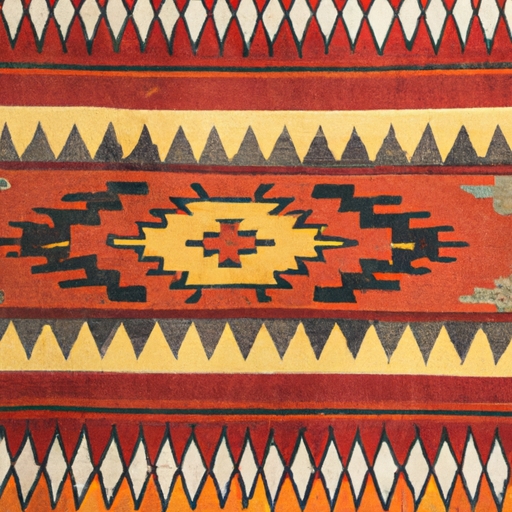Determining Native American ancestry can be a complex and fascinating journey. Many individuals harbor a curiosity about their genealogical heritage, and for those who suspect they may have Native American roots, the desire to explore this aspect of their identity is particularly strong.
To embark on this exploration, one must navigate various sources of information that can shed light on their ancestral connection to indigenous tribes. Genealogical records, such as birth certificates, marriage licenses, and census data, often serve as starting points for uncovering family ties to Native American communities. These documents provide crucial clues that help individuals trace their lineage back through generations.
Another valuable resource in determining Native American ancestry is oral history passed down within families. Stories shared by older relatives can offer valuable insights into ancestral connections with indigenous cultures. While these accounts may contain some inaccuracies or embellishments over time, they still provide a foundation for further research.
DNA testing has become an increasingly popular tool for individuals seeking to confirm or uncover their Native American heritage. By analyzing specific genetic markers associated with indigenous populations, these tests can identify ancestral links with various tribes. However, it's important to approach these results with caution as they are not always definitive due to the limitations of current DNA analysis technology.
Once an individual has established a connection to a specific tribe or region through research or DNA testing, embracing their cultural heritage becomes an exciting opportunity. Participation in traditional ceremonies allows them to immerse themselves in age-old rituals and gain a deeper understanding of the customs practiced by their ancestors. Engaging with indigenous communities also provides invaluable firsthand experiences that foster appreciation for native traditions and values.
In conclusion, determining Native American ancestry involves delving into multiple resources such as genealogical records, oral history, and DNA testing. While each method carries its own set of limitations and uncertainties, combining these approaches increases the likelihood of obtaining accurate insights into one's heritage. Embracing cultural roots by actively participating in tribal customs and connecting with indigenous communities allows individuals to forge meaningful connections to their Native American ancestry.
Determining Native American ancestry is a fascinating quest, filled with historical significance and personal discovery. Unraveling one's genetic origins can offer valuable insights into cultural heritage and familial connections. Exploring this topic requires thorough research, careful analysis, and an open mind.
To begin this journey, it is crucial to gather as much information as possible about your family history. Talk to older relatives, consult birth certificates, marriage records, and any other documents that might provide clues. Record names, dates, locations, and stories passed down through generations. This groundwork lays the foundation for further investigation.
Genealogical research plays a pivotal role in unraveling Native American ancestry. Online databases such as Ancestry.com or FamilySearch.org can be invaluable resources in tracing family trees back several generations. Census records, immigration documents, and land records often reveal important details about our ancestors' lives.
DNA testing has revolutionized the field of genealogy by providing precise genetic data. Companies like 23andMe or AncestryDNA offer affordable tests that analyze your DNA sample against extensive databases containing markers associated with specific populations. These tests can estimate the percentage of Native American ancestry within your genetic makeup.
While DNA tests can provide significant insights into ancestral origins, they are not infallible. Interpretation of results should be approached cautiously due to potential limitations and biases inherent in the testing process. Additionally, geographical inaccuracies or incomplete representation of indigenous populations may affect the accuracy of these estimates.
Supplementing DNA testing with traditional genealogical research is essential for a comprehensive understanding of Native American ancestry. Explore historical records related to tribal affiliations or reservations where your ancestors lived. Consult local libraries or archives specializing in Native American history for additional resources.
Beyond official documentation lies another vital aspect: oral tradition and community engagement. Many indigenous cultures have rich oral histories passed from generation to generation. Seek out conversations with elders or members of tribes connected to your lineage; their knowledge and stories can provide invaluable insights into your heritage.
It is important to approach the topic of Native American ancestry with respect and sensitivity. Indigenous cultures have faced historical trauma and ongoing challenges. Recognize that claiming Native American heritage also means embracing the cultural, social, and political aspects associated with it.
Ultimately, determining Native American ancestry requires a multidimensional approach that combines genealogical research, DNA testing, historical records, oral tradition, and community engagement. By embarking on this journey with an open mind and heart, individuals can gain a deeper understanding of their roots while honoring the richness and diversity of indigenous cultures.

